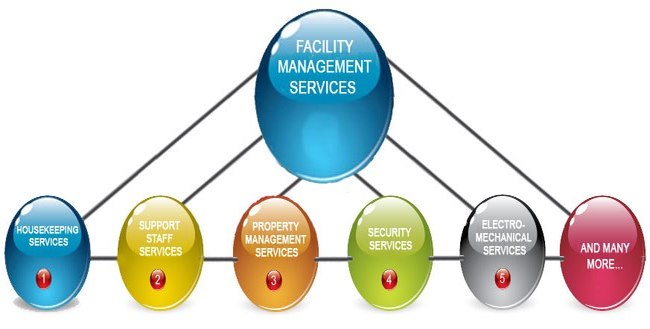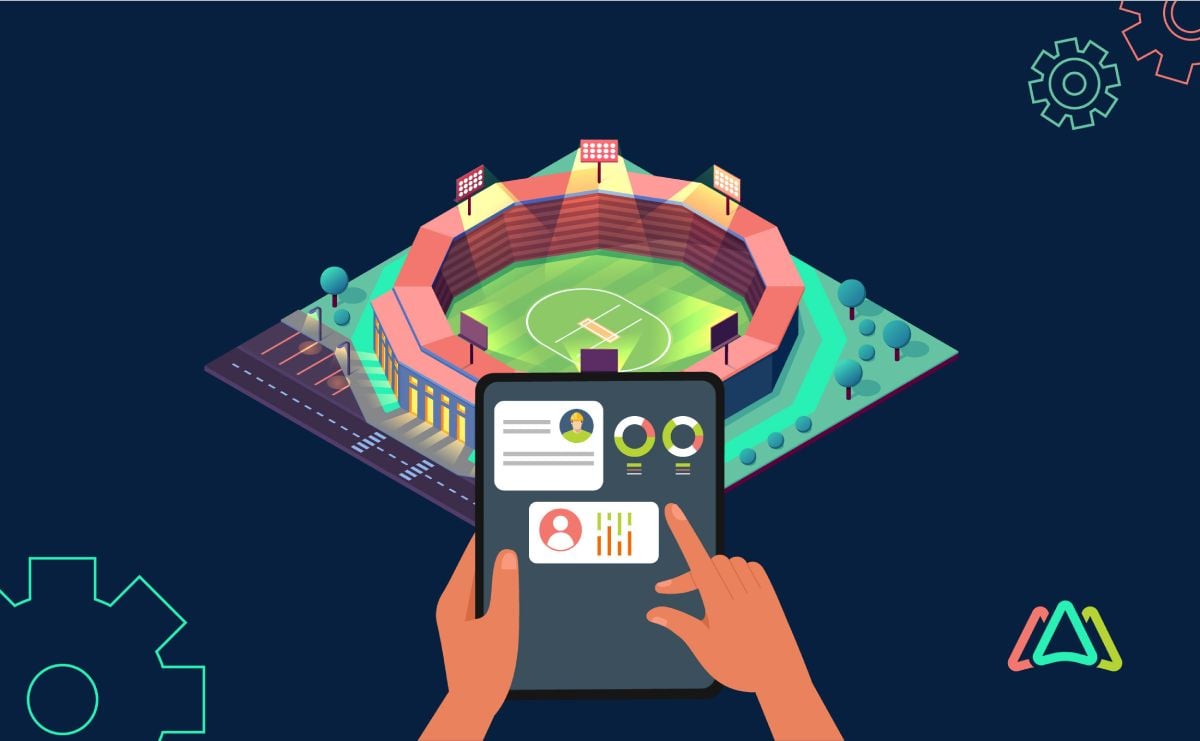Discovering the Perks of Facility Management in Today's Business Landscape
Discovering the Perks of Facility Management in Today's Business Landscape
Blog Article
The Crucial Guide to Center Management: Methods for Success
Facility administration plays a vital duty in the general success of an organization, functioning as the foundation that supports effectiveness, security, and productivity. By employing critical techniques such as integrated technological services and fostering cross-departmental cooperation, companies can significantly boost their operational foundations. Nevertheless, the nuances of reliable center administration expand past plain logistics and require a comprehensive understanding of both qualitative and measurable metrics. As we discover these essential approaches, a closer evaluation reveals how they can change not just centers, but the actual society within an organization itself. What might these changes appear like in method?
Comprehending Facility Administration
What makes up reliable center administration? Reliable center monitoring incorporates the control of various organizational functions to make certain that built environments are secure, effective, and for efficiency. Facility Management. It incorporates the concepts of design, service, and style monitoring to develop a seamless operational circulation within an organization
Trick components of center monitoring include space planning, maintenance management, and conformity with health and safety regulations. Space preparation focuses on maximizing using physical resources to support business goals, while maintenance management guarantees that facilities are kept in ideal condition, taking full advantage of life expectancy and decreasing functional expenses. Conformity with lawful and regulatory standards is important, as it safeguards the organization against potential obligations and boosts its reputation.
Moreover, efficient facility administration counts on the strategic use of modern technology, such as Building Management Systems (BMS) and Computer-Aided Facility Management (CAFM) devices. These innovations promote real-time monitoring of structure systems and improve upkeep procedures. Inevitably, a detailed approach to center monitoring not just advertises functional efficiency yet also fosters a positive environment for staff members and site visitors alike, driving general business success.
Secret Methods for Optimization
Enhancing center management needs a calculated strategy that aligns operational experiment organizational goals. To attain this, the initial vital technique is the implementation of incorporated technological services. Making use of sophisticated software application systems enables real-time monitoring of facility procedures, facilitating data-driven decision-making and improving total performance.
Secondly, routine analyses of facility efficiency are vital. Conducting routine examinations and audits enables center managers to identify areas that require renovation, making sure that sources are assigned successfully. This aggressive technique aids in lessening downtime and boosting solution shipment.
An additional crucial strategy is promoting collaboration across divisions. By urging open interaction in between groups, center managers can much better straighten their approaches with organization objectives, leading to improved functional synergy. Furthermore, involving personnel in training programs advertises a society of responsibility and boosts their capability to add to optimization initiatives.
Enhancing Security Procedures
Reinforcing safety and security procedures is vital for creating a secure environment within facilities. A thorough safety and security protocol not only shields site visitors and staff members yet likewise improves functional performance. To attain this, center supervisors must conduct routine threat evaluations to guarantee and determine possible threats that suitable procedures remain in location.
Educating and education and learning are crucial parts of efficient safety methods - Facility Management. Workers must obtain continuous training in emergency situation treatments, tools handling, and personal protective procedures. Routine drills, such as fire discharges or lockdown procedures, foster knowledge and preparedness amongst team
Additionally, clear interaction networks must be developed to report safety problems immediately. This includes producing an accessible platform for employees to articulate possible threats or events without anxiety of reprisal. Leveraging technology can improve security procedures; for instance, implementing surveillance systems and access controls aids monitor facility activities and restrict unapproved entry.
Last but not least, conformity with regional laws and sector criteria is non-negotiable. Routine audits and evaluations of safety procedures make sure alignment with current regulations and ideal practices. By prioritizing these approaches, center supervisors can grow a culture of safety and security that protects all click here stakeholders and ultimately adds to the company's success.
Improving Work Environment Setting

Ergonomic considerations are important to reduce physical pressure and discomfort. Facility Management. This entails providing adjustable furnishings, correct lighting, and sufficient space for activity. These changes can result in decreased absence and enhanced work complete satisfaction
Appearances play a vital function in forming the workplace atmosphere. Using color psychology, natural lighting, and plant can cultivate a welcoming and boosting atmosphere. Attentively designed spaces can boost creativity and enhance total wellness.
In addition, urging worker involvement with comprehensive decision-making procedures can improve the feeling of possession and belonging. Gathering responses on work environment improvements and entailing workers in the layout procedure can result in an extra customized setting that satisfies their needs.
Finally, promoting wellness initiatives, such as wellness programs and leisure areas, can further add to a helpful workplace society. By concentrating on these strategies, facility managers can successfully improve the office environment, driving both employee satisfaction and business success.
Gauging Success in Facilities
Gauging success in facility administration needs an extensive approach that evaluates both qualitative and measurable metrics. Quantitative metrics usually include essential efficiency indications (KPIs) such as area utilization rates, energy consumption, maintenance expenses, and tenancy levels. These metrics supply a clear photo of operational performance and monetary efficiency, allowing center managers to determine locations for improvement and standard against market criteria.
Qualitative metrics, on the other hand, emphasis on customer satisfaction and worker engagement. Surveys and responses mechanisms can evaluate just how well the centers fulfill the needs of occupants, helping to examine the total workplace environment. This facet is important, as a pleased labor force is commonly connected to raised performance and retention rates.
To properly measure success, facility supervisors ought to also take into consideration incorporating technology, such as developing administration systems and data analytics tools, to gather and examine pertinent data. Frequently examining both collections of metrics permits an extra well balanced sight of efficiency and informs tactical decisions. here Ultimately, a successful facility monitoring approach depends upon a commitment to constant enhancement, making sure that both functional effectiveness and individual complete satisfaction are prioritized.
Conclusion

Facility management plays a critical function in the overall success of an organization, offering as the backbone that supports security, efficiency, and performance.Trick components of center management include area preparation, maintenance management, and compliance with health and wellness and safety laws.Additionally, efficient center monitoring relies on the tactical use of technology, such as Structure Management Systems (BMS) and Computer-Aided Center Monitoring (CAFM) devices. Inevitably, a comprehensive method to center administration not just promotes operational performance however likewise fosters a favorable website setting for visitors and employees alike, driving overall organizational success.
Ultimately, an effective facility administration method pivots on a dedication to constant enhancement, making sure that both functional performances and user satisfaction are prioritized.
Report this page